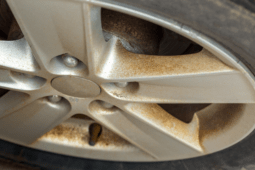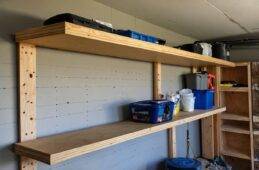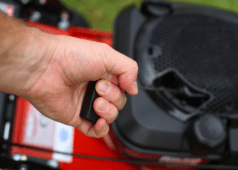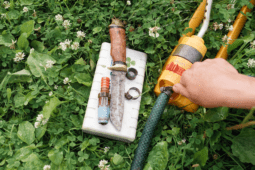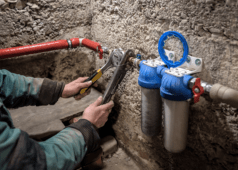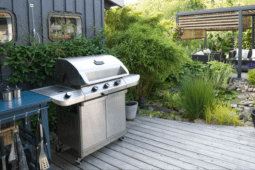How to Diagnose and Maintain Your AC Unit
Animals breathe, fish breathe, cars breathe, we breathe, and even our electrical appliances need air. When an air conditioning unit can’t get enough air, you’re about to have a problem, sometimes a huge problem. However, you can prevent most of these issues by regularly cleaning the evaporative assembly inside your home.
There are two main components to an air conditioning system, consisting of the outside condensing box and the inside evaporative assembly.
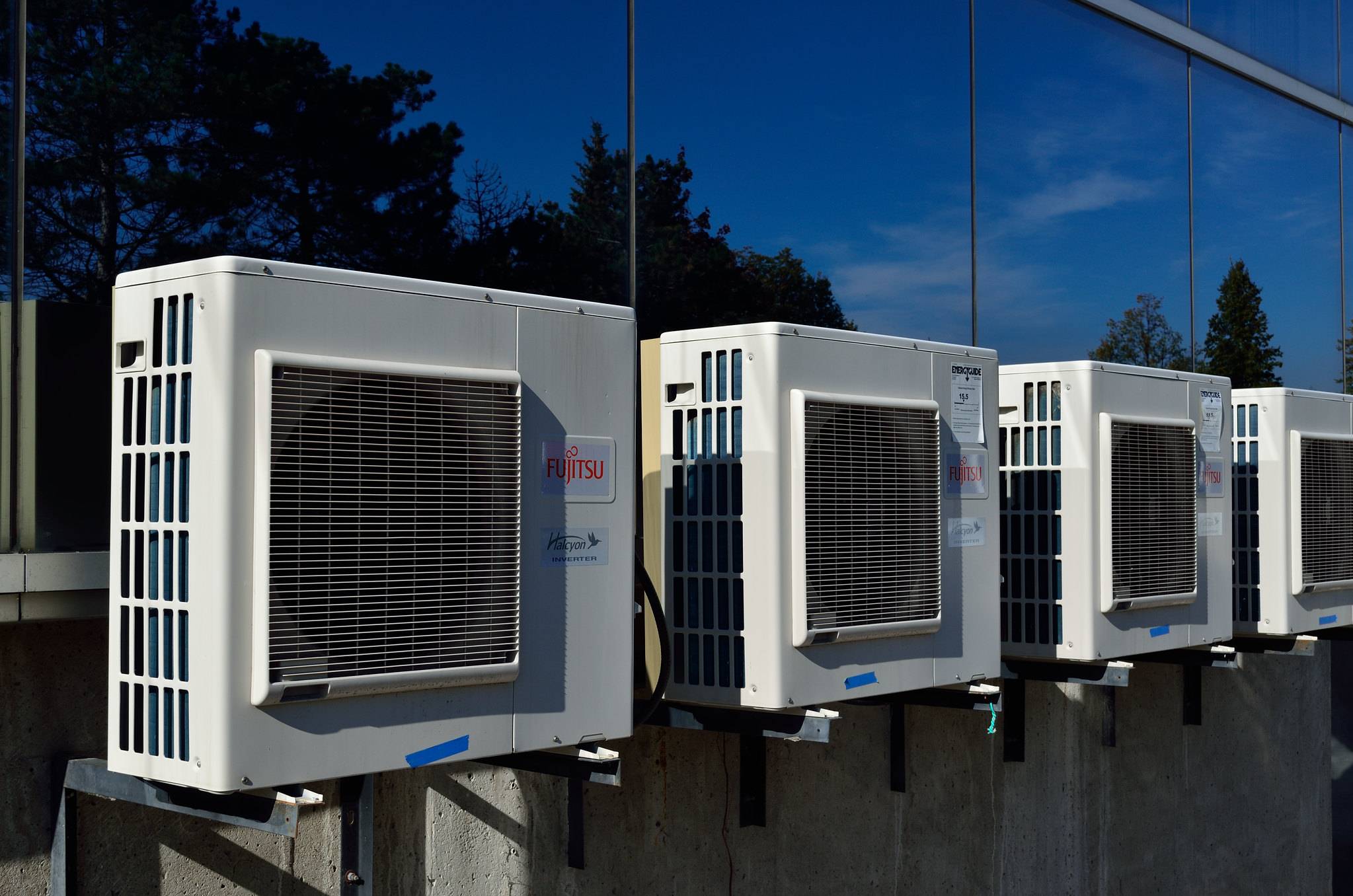
Regularly changing air filters is the best way to prevent extra work in the future. These filters trap pollutants moving through the system before they cause a problem. Regular replacement of filters prevents most of the pollutants from entering your air conditioning system, but they won’t prevent all of them.
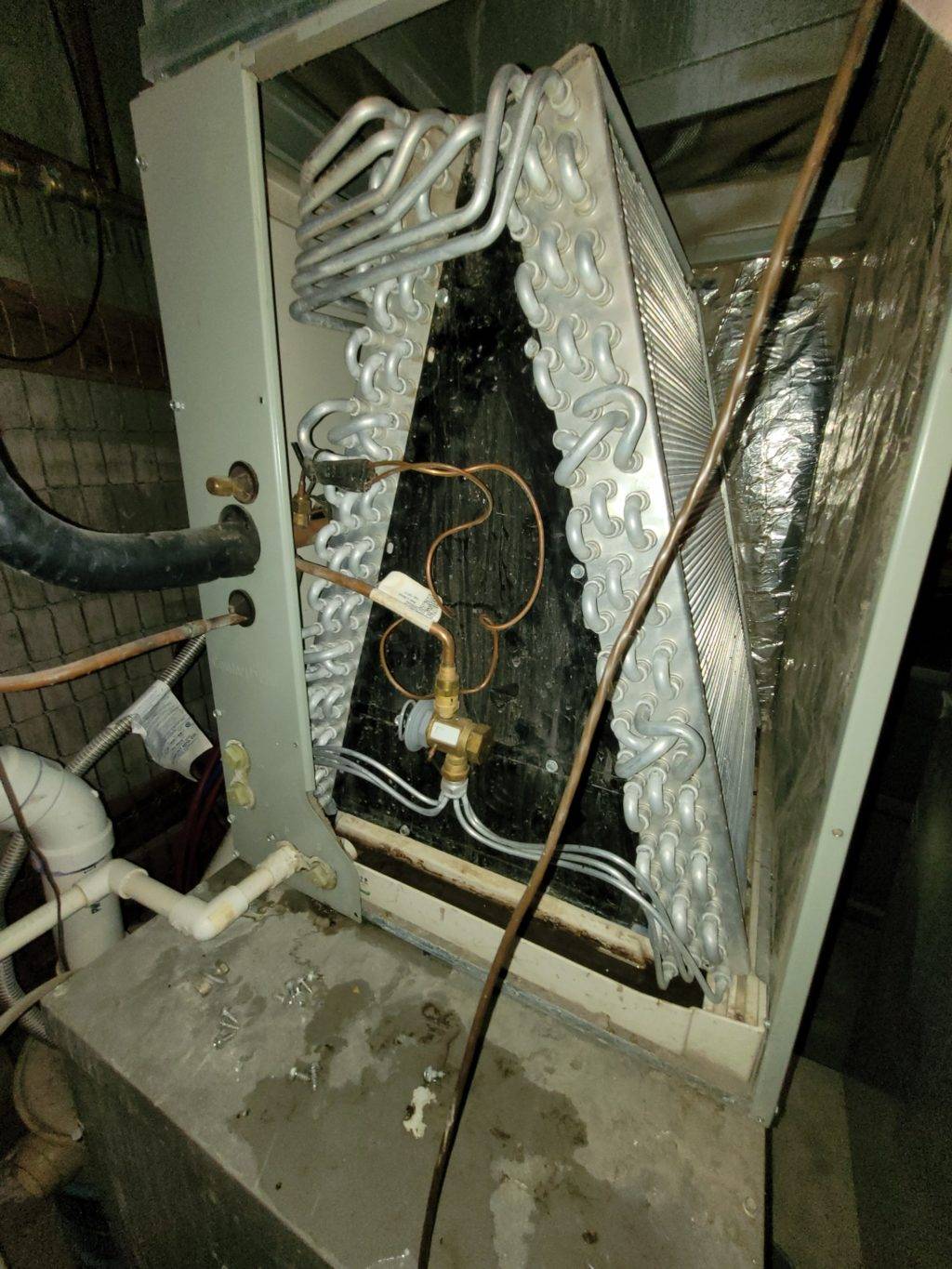
Diagnosing the Problem: Look for Ice Around the Coils
Over time, minute particles that pass through the filter can build up inside your air conditioner. When this happens, the first sign is often the system freezing up. Ice is created around the evaporative coils, and it blocks the airflow. Your air conditioner runs full-time, but your house warms up. Not a good thing.
Your evaporative system has an inner and outer panel on the front, beneath the ductwork that moves cold air around your home.
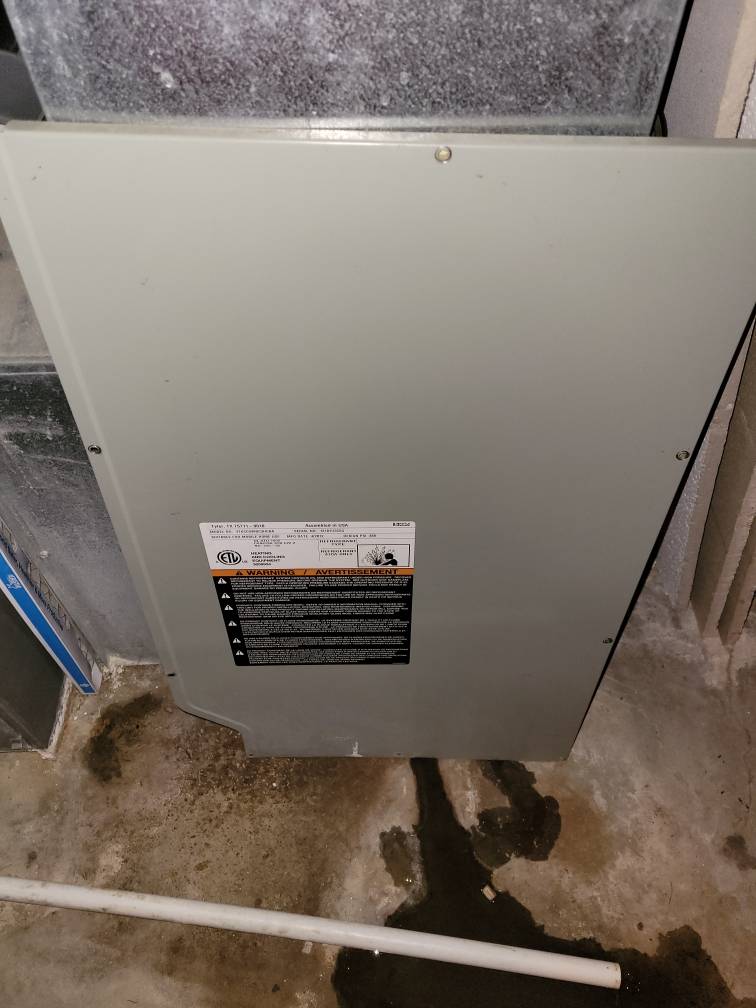
You’ll need to remove the sheet metal screws holding both panels in place.
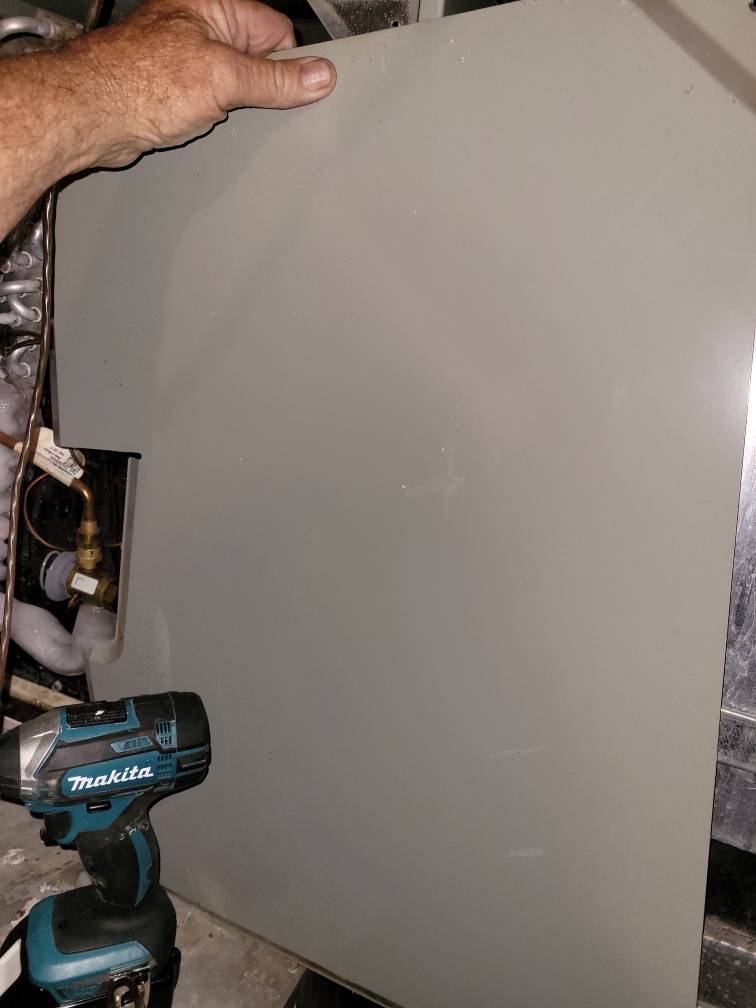
Once inside, you’ll notice a triangle-shaped assembly that looks like a pair of car radiators. In essence, that’s what they are. This is the evaporative unit. Air flows over the frigid coils of the evaporative assembly cooling your home.
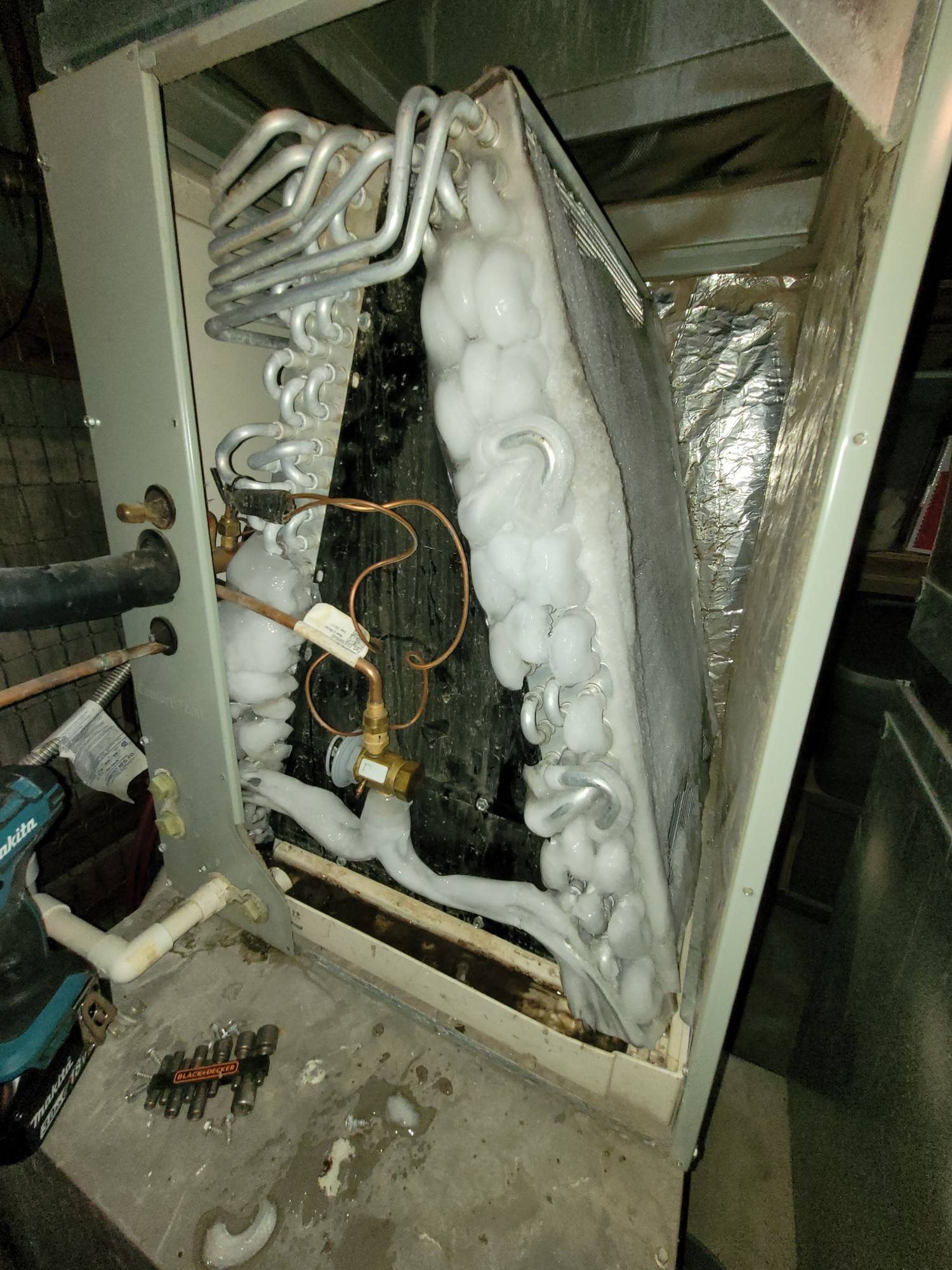
In the back of the twin-V-shaped evaporative units, you’ll find a third finned unit that allows air to flow evenly from the blower underneath. The front panels block the air from escaping, forcing it over the evaporative radiators and through the back panel.
When the back panel is blocked, you’re going to lose airflow, and eventually, the system will freeze up. Left alone, this can destroy the entire system. The outside condenser can fail, and the evaporative radiators can rupture. In severe cases, you’ll be paying thousands of dollars for a new air conditioner.
How to Clean the Back Panel
Cleaning that back panel is a little tricky. You’ll have to reach between the radiators to access it.
First, turn off the system.
Pull the grimy, dirt-packed dust off the back panel with your fingers. Repeat until the surface appears clean. Appears is the operative word.
The second step is to take a small brass bristle brush and begin brushing small areas of the panel, no more than two or three square inches at a time. After brushing, reach in and pull out any released residue. Repeat until you’ve covered the entire panel.
This usually solves the problem, but in rare cases, you may have to spray in a foaming cleanser, let it sit, then repeat the brushing process.
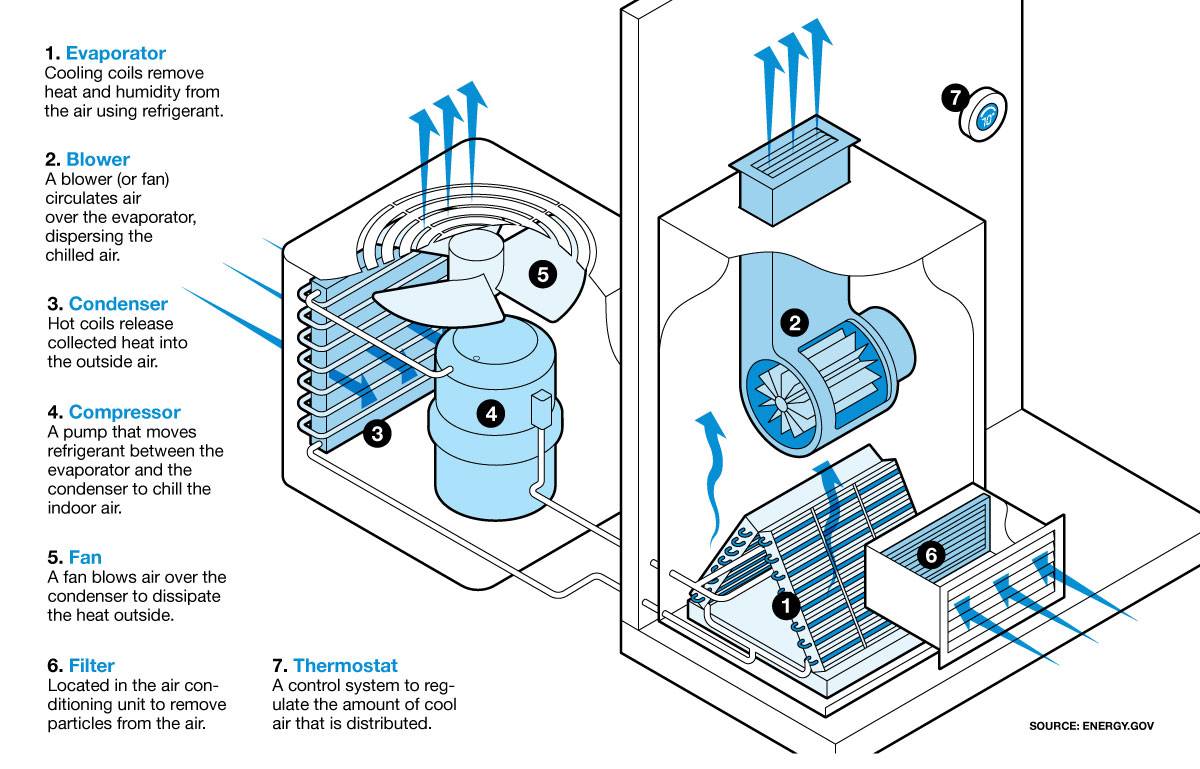
Reassemble all the components. Turn the system back on, and you’ve restored your air conditioner!

